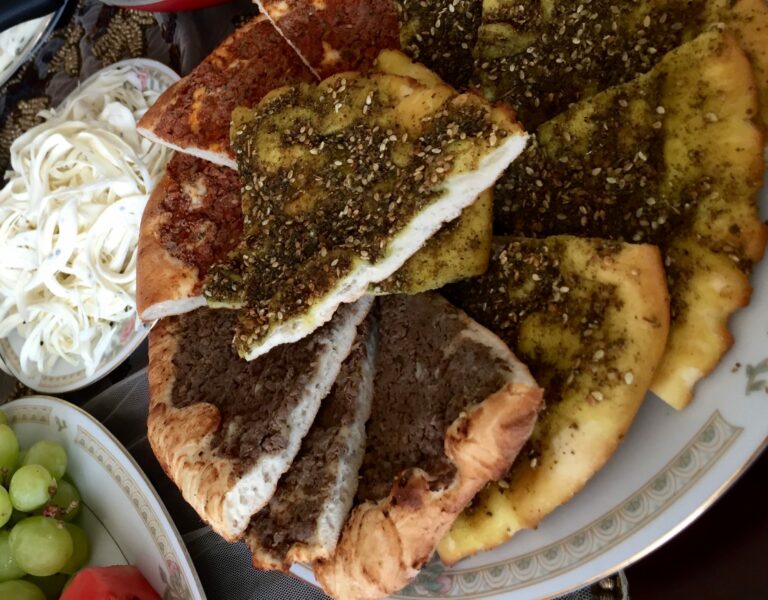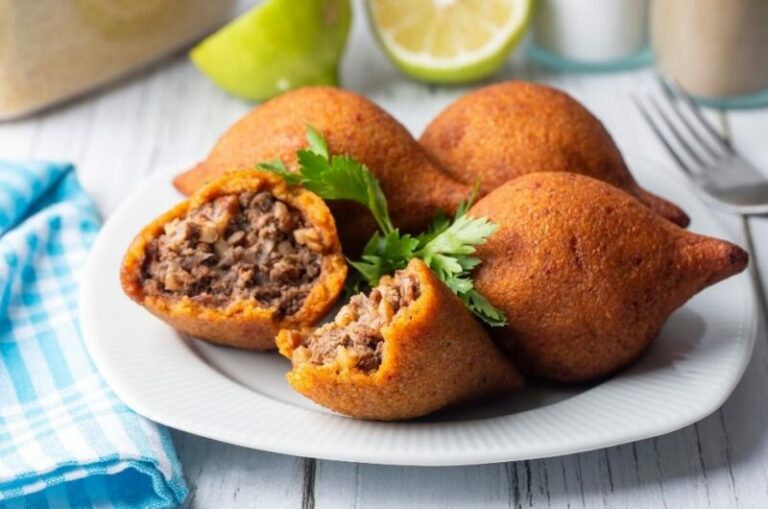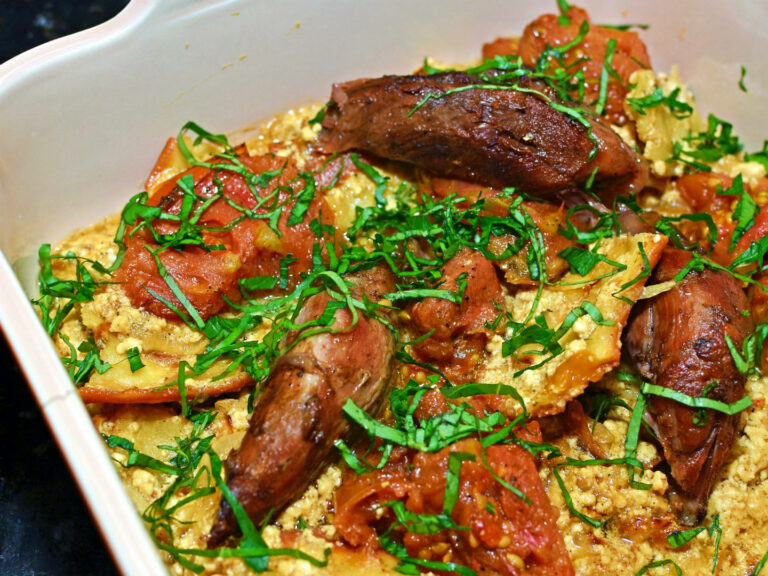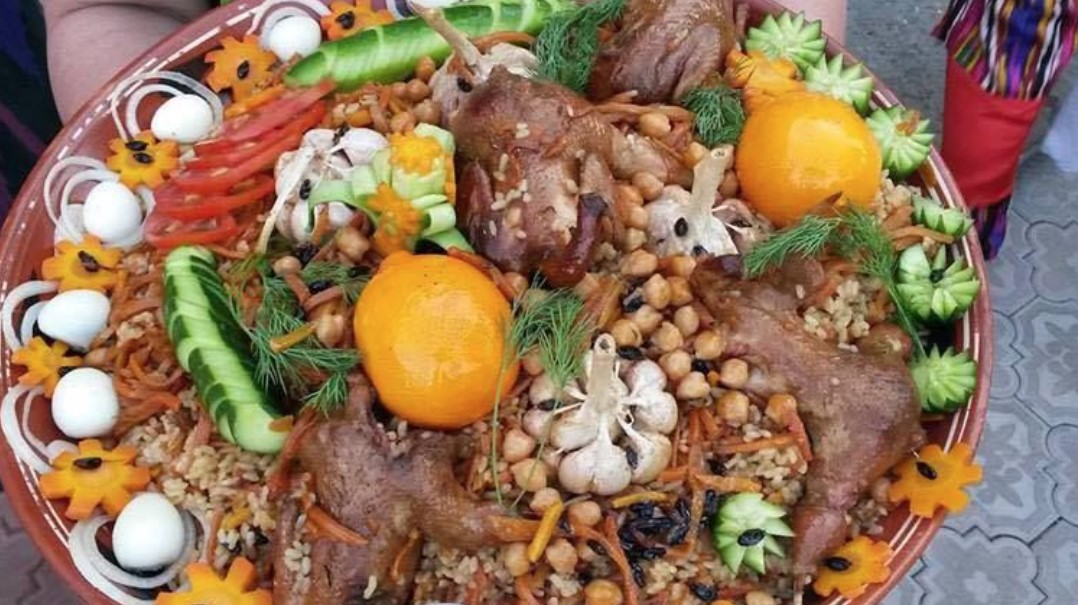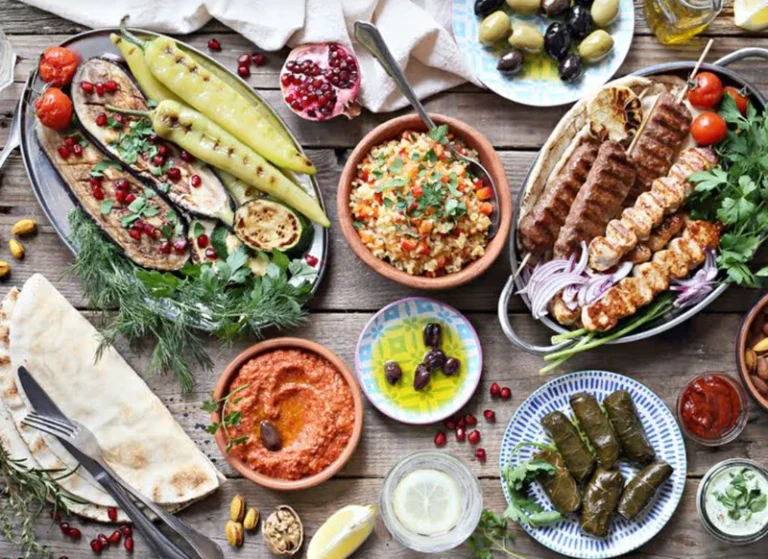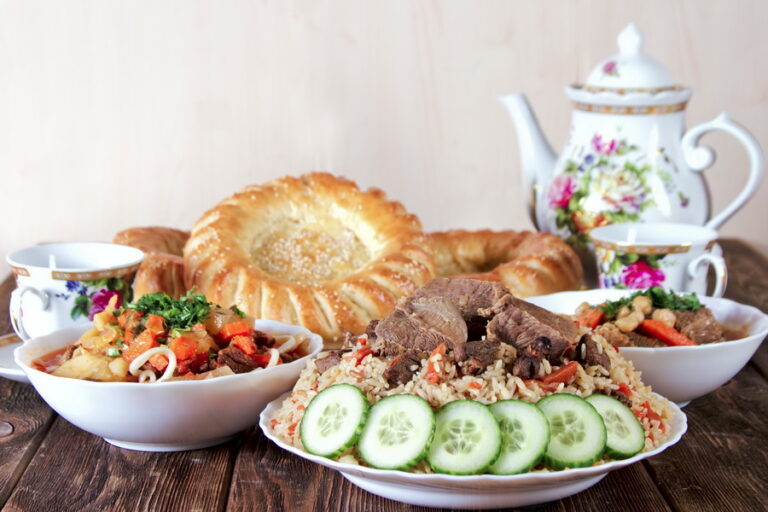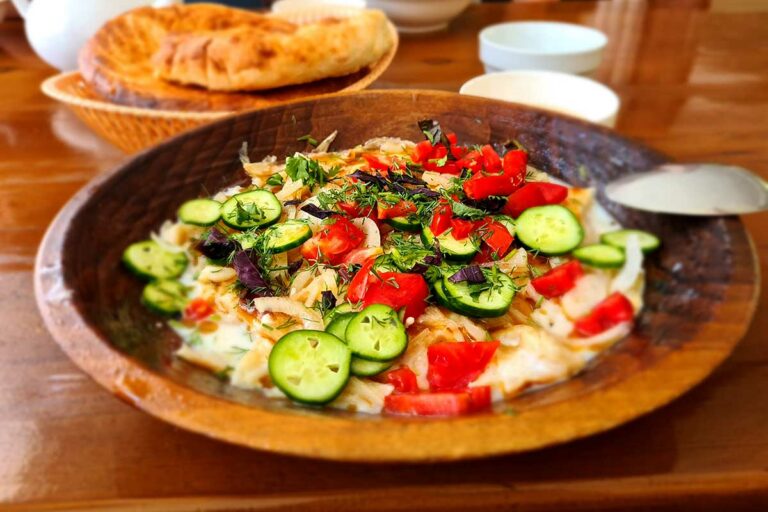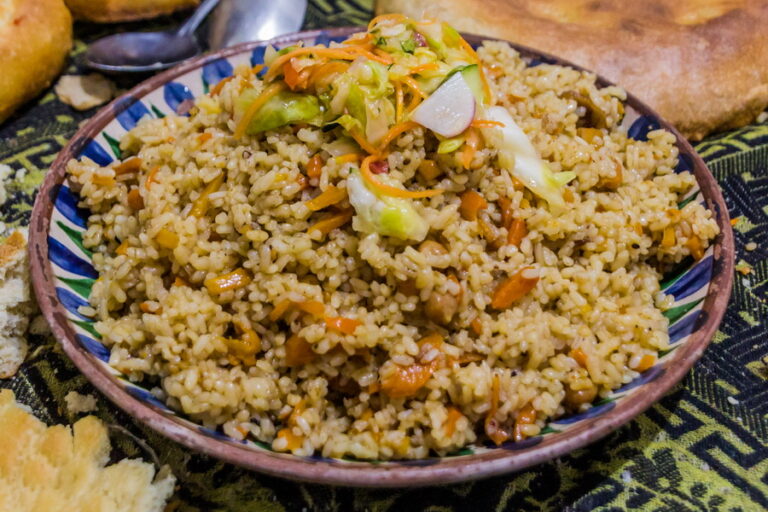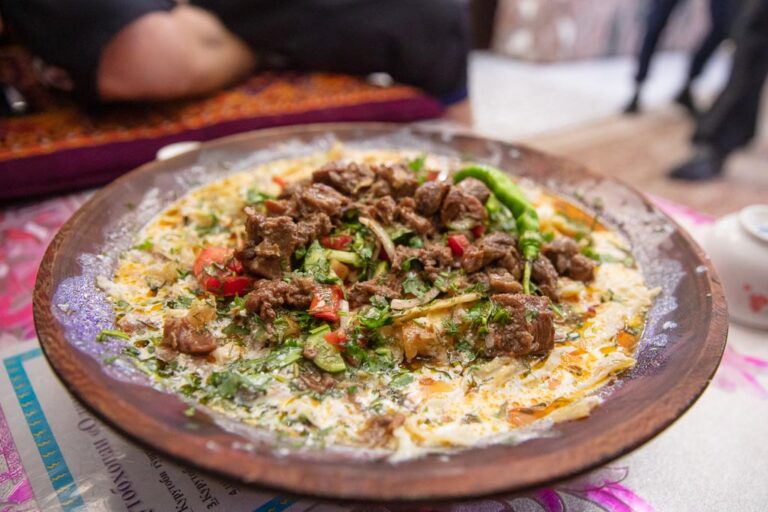Introduction to Syrian Cuisine
Syrian cuisine is a rich and diverse culinary tradition with a long history. Located at the crossroads of the Mediterranean, the Middle East, and North Africa, Syria has been a melting pot of cultures and cuisines for centuries. The cuisine features a range of flavors and cooking techniques that reflect the country’s geography, climate, and cultural heritage.
The Diversity of Syrian Cuisine
Syrian cuisine is known for its variety, as it is influenced by the country’s diverse regions and the cultures that have passed through it over the centuries. The cuisine is characterized by the use of spices and herbs, such as cumin, coriander, mint, and parsley, which add depth and complexity to the flavors. Many dishes also feature ingredients like eggplant, chickpeas, lamb, and rice, which are staples of the Syrian diet.
Influences on Syrian Cuisine
Syrian cuisine has been influenced by a range of cultures over the centuries, including those of the Persians, Ottomans, and French. The cuisine’s roots can be traced back to ancient Mesopotamia, where early civilizations used ingredients like barley, wheat, and figs to create dishes that would form the foundation of Syrian cuisine as we know it today.
Ingredients in Syrian Cuisine
The ingredients used in Syrian cuisine are diverse and reflect the country’s geography and climate. The cuisine features lamb, chicken, and fish, as well as a range of vegetables, including eggplant, tomato, and zucchini. Spices and herbs, such as cumin, coriander, and mint, are also commonly used to add flavor and depth to dishes.
Popular Syrian Dishes
Some of the most popular Syrian dishes include tabbouleh, a salad made with parsley, bulgur wheat, tomatoes, and onions; fattoush, a salad with bread, tomatoes, cucumbers, and mint; and kebabs, which are grilled meat skewers. Other popular dishes include kibbeh, a meat and bulgur wheat dish; hummus, a dip made with chickpeas and tahini; and baba ghanoush, a dip made with eggplant and tahini.
Conclusion: A Taste of Syria
Syrian cuisine is a diverse and flavorful culinary tradition that reflects the country’s history and culture. From spices and herbs to lamb and vegetables, the cuisine features a range of ingredients that come together to create dishes that are both hearty and satisfying. Whether you’re looking to try something new or explore a different culture, Syrian cuisine is a great place to start.

